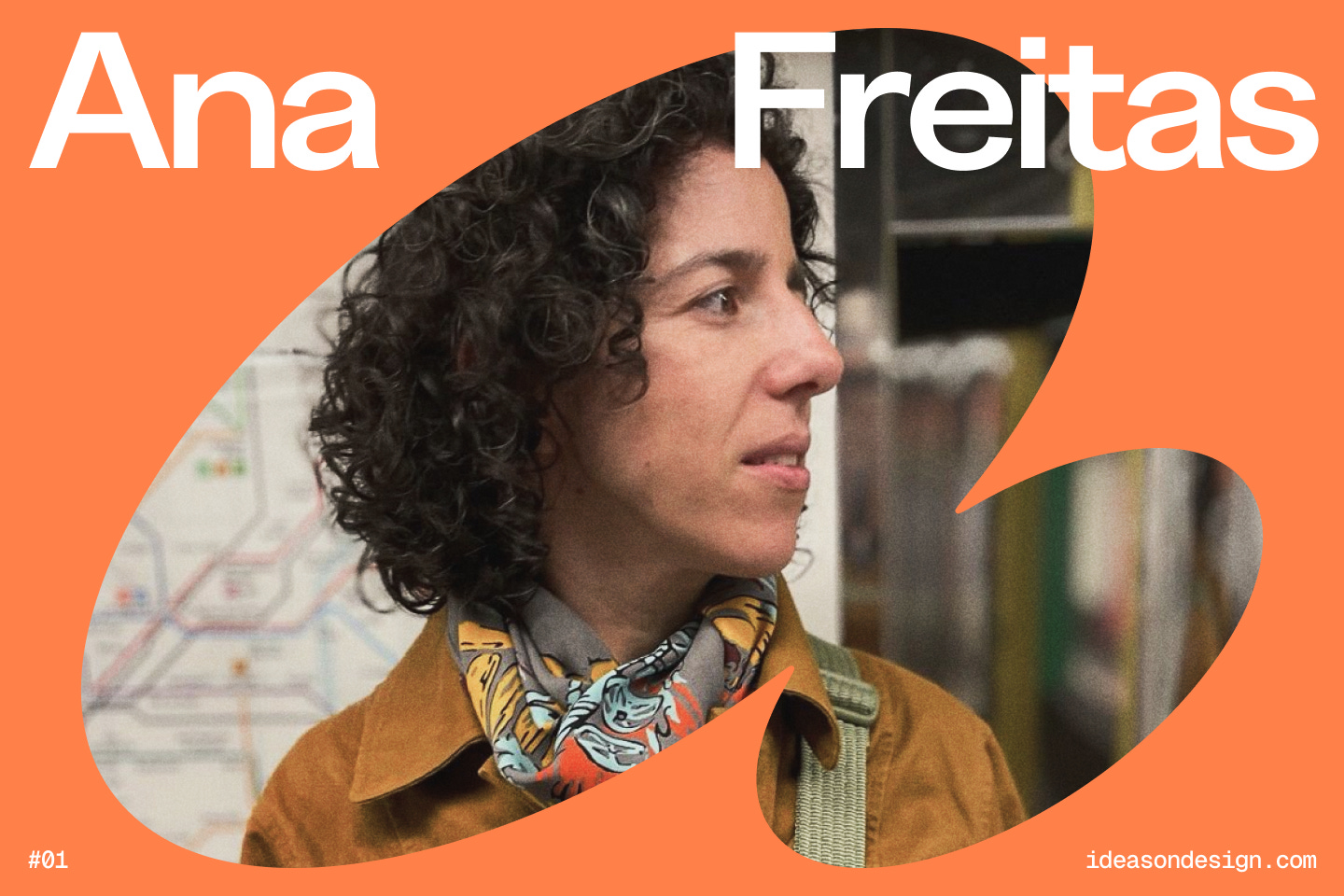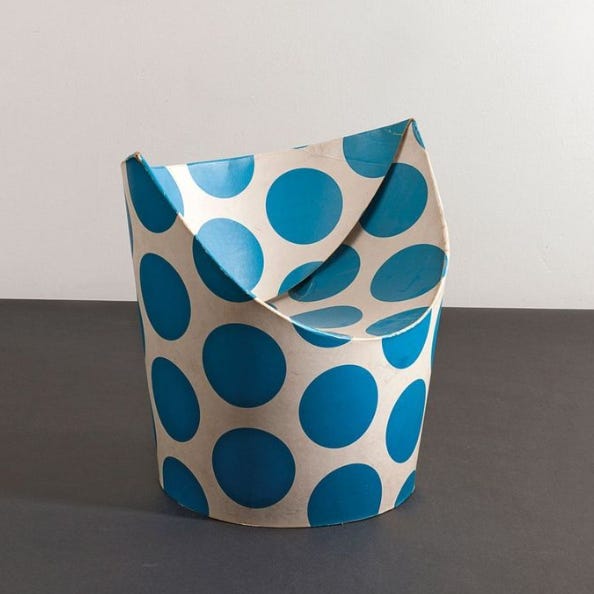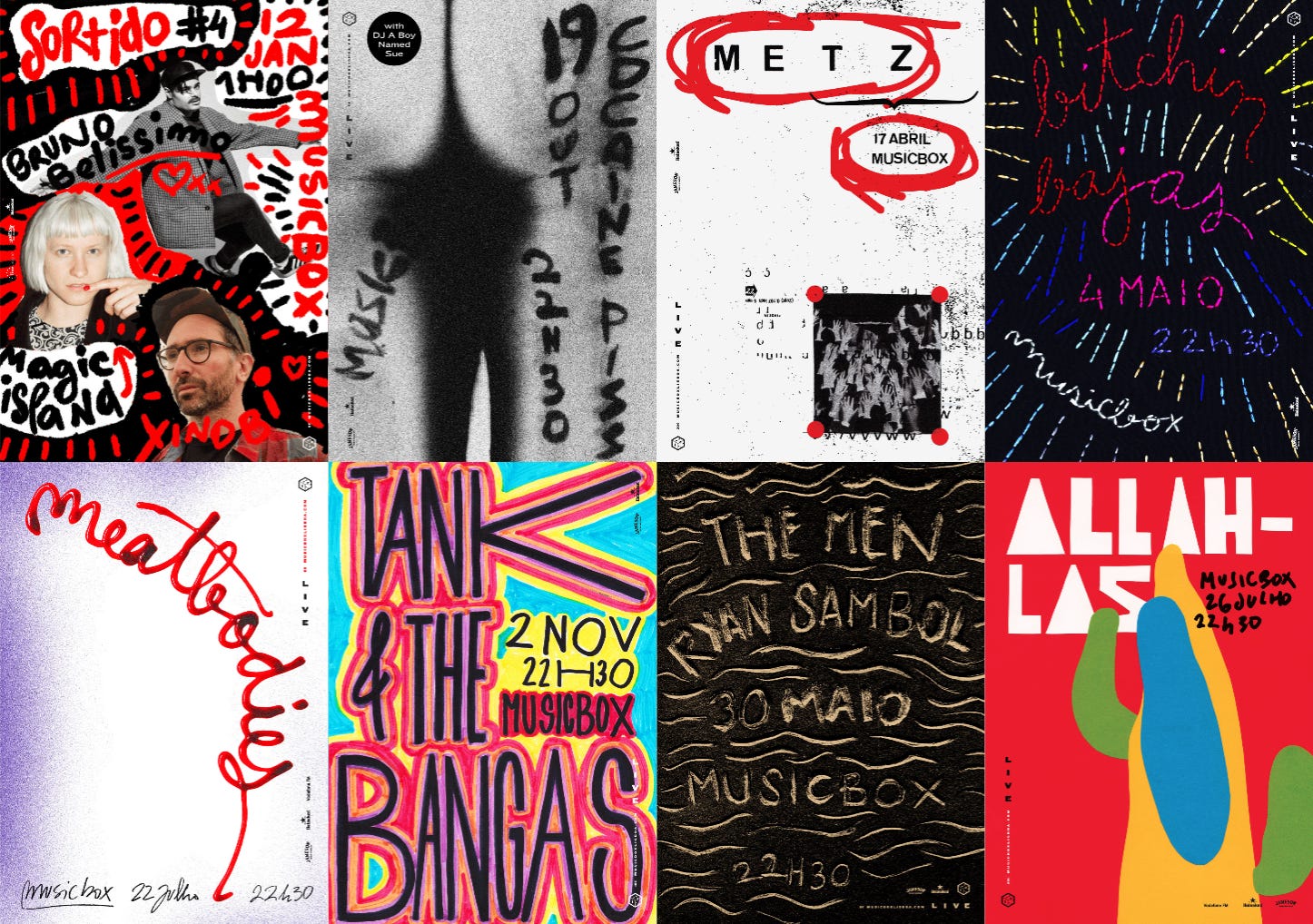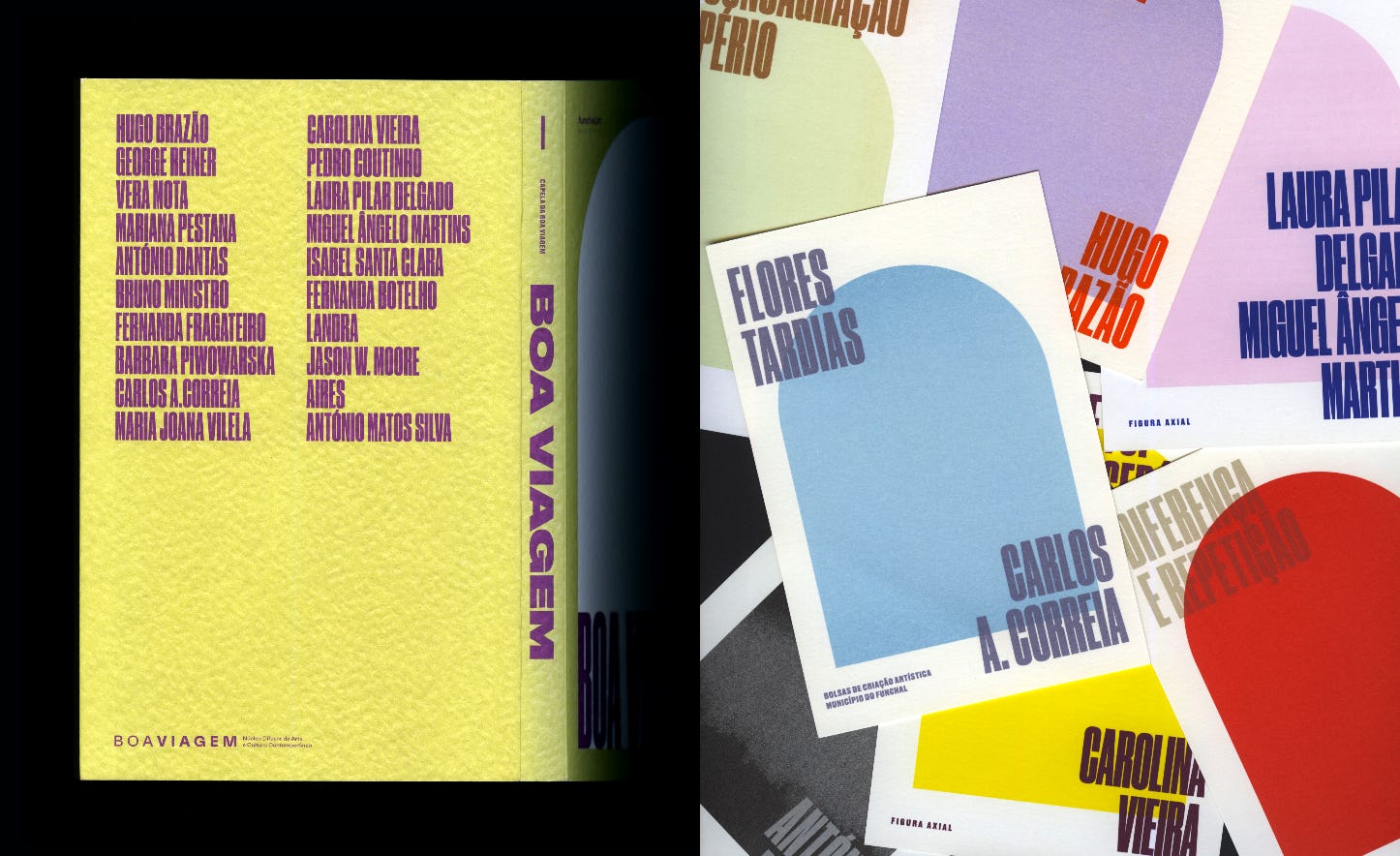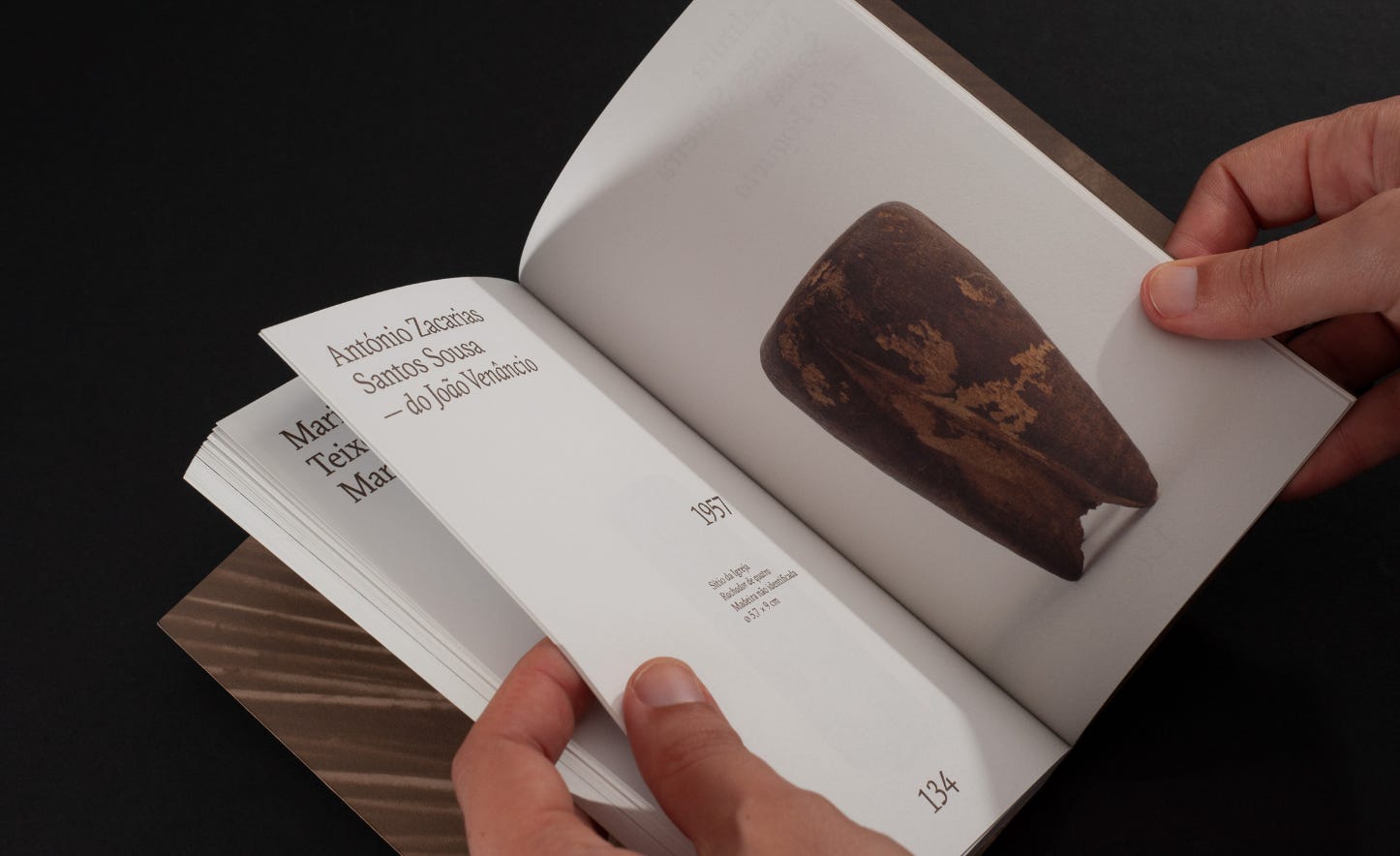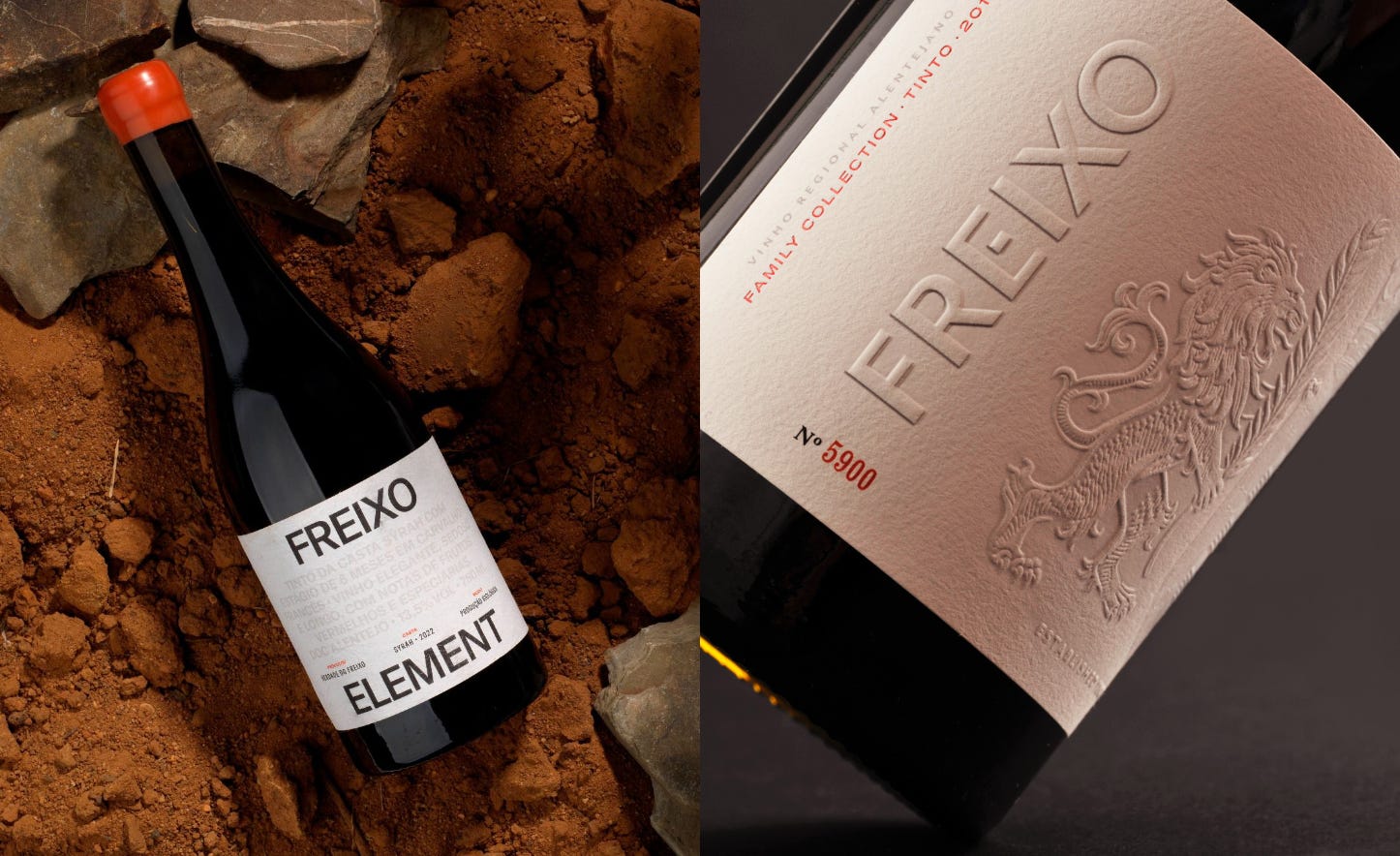Ana Freitas on Design
A conversation with Lisbon-based designer Ana Freitas on the importance of learning, experimentation, and collaboration.
Ana Freitas is a graphic designer, art director and tutor based in Lisbon. She grew up in Madeira, graduated from the Chelsea College of Art & Design in 2007, and has since worked between London, Brazil and Lisbon. Today she balances her design practice with teaching the Graphic Design course at ETIC. In the conversation that follows, she shares how her calling came from a cardboard chair, and the role that research, collaboration and experimentation plays in her work.
Looking back, what sparked your imagination as a kid?
I used to think I was going to be an inventor, though I was never particularly good with machines or technology. In truth, the machines I described were more like excuses to tell stories than functional objects.
When did you first realize that design was what you wanted to do?
I loved writing, and for a while everyone pushed me toward Social Sciences. But the moment I had my first Visual Education class, nothing else mattered. Letters remained important, but the graphic dimension opened up a whole new playground. Later, in my first design theory class, I came across Peter Murdoch’s dotted “Chair Thing.” I grew up in an environment where the word design barely existed. Back then, you became either an artist or an architect. But that chair, I had never seen anything like it, and I knew immediately that’s what I wanted to do.
So, let’s talk about your time after college up until what you’re doing now.
I grew up on a small island, which probably explains why I’ve always been eager to explore new landscapes. Since college, I’ve tried to push myself in different ways, whether by winning a grant to work in Brazil or by studying other disciplines like anthropology. Today I’m mainly based in Lisbon, working as a designer and teaching, but still looking outward every chance I get.
After years working in agencies, what led you toward working independently?
When I moved back to Lisbon, there wasn’t really a studio where I could see myself working. Working alone doesn’t fully fit me either, but I’m not drawn to opening a studio. I already see how much admin freelancing takes, and I don’t want more of that. I do miss sharing, so I often call other people into projects, especially younger designers, because they bring fresh perspectives and values.
You just mentioned how much you value other perspectives. Are there any mentors or designers that were important in your journey?
Some teachers were crucial in helping me gain confidence, the good ones and the not-so-good ones. As for designers I admire, there are many: Lance Wyman, Paula Scher, Corita Kent, Louise Fili, April Greiman, Zuzana Licko, among others. Showing these and new references to my students has also given me a new appreciation for many of them.
There’s a tactile, experimental quality to much of your work. Where did that start?
In secondary school, I took classes in sculpture, drawing, and painting, and some teachers expected me to pursue fine arts. Later, I shifted to digital, but I still love using my hands to add a tactile, natural dimension. The posters I designed for Musicbox, as well as some cinema sessions I hosted at home, were all handmade with different techniques and then finalized digitally. The same approach was used for the Mamute covers, which were illustrated from landscapes.
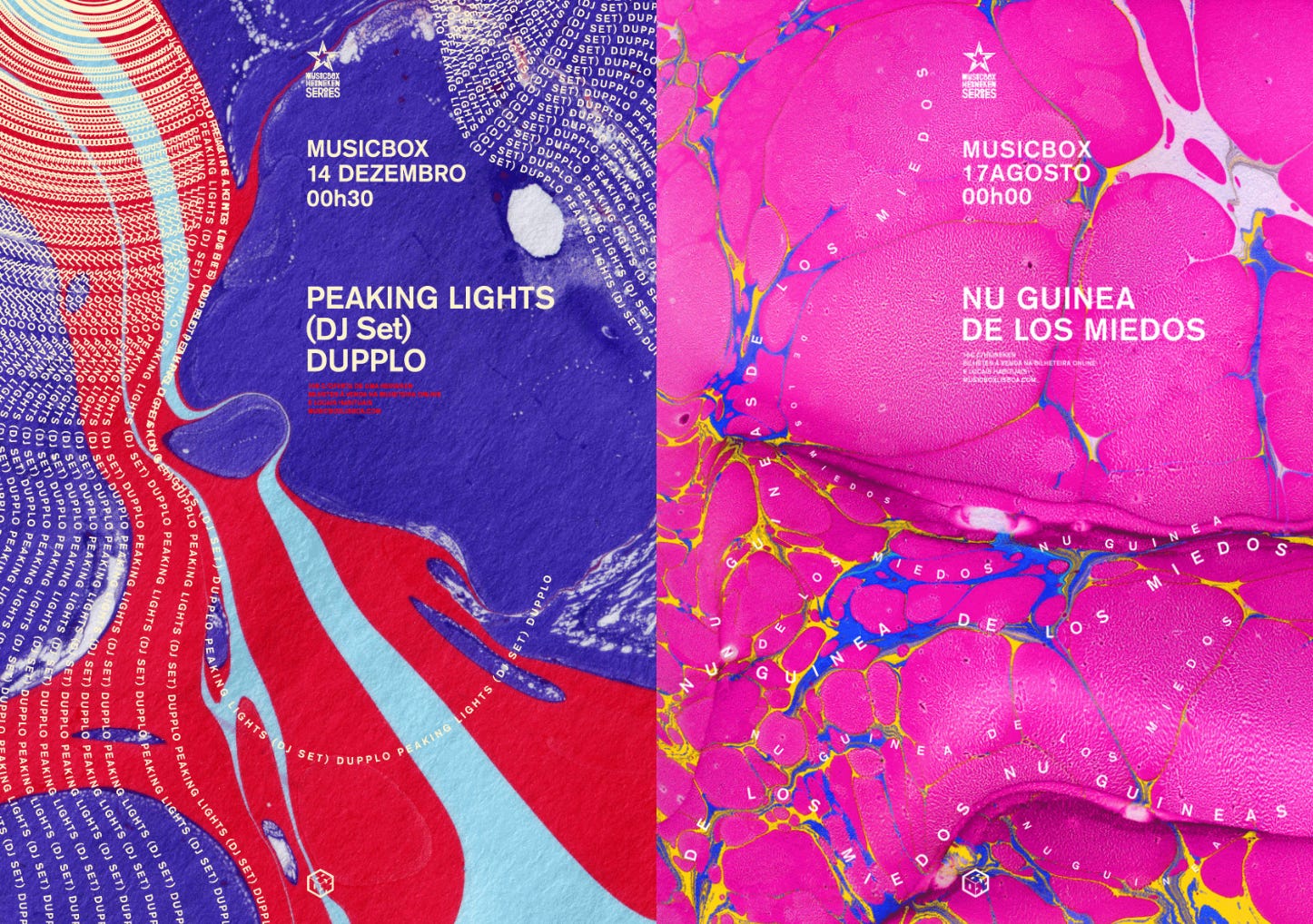

Speaking of Musicbox (an iconic club in Lisbon), what have you been listening to?
For years I’ve listened more to podcasts than music, though I love live concerts. The last ones that stayed with me were Ney Matogrosso, Zaho de Sagazan, Lola Young and Air.
Out of everything you’ve created, is there a project that made you feel especially proud?
For me, successful projects are always the result of a balanced relationship between me and the client. They may not be the most popular, but they’re the ones that fulfil me most. In recent years, I’ve been collaborating with curator and sculptor Helder Folgado. Our projects, such as the communication for the Capela da Boa Viagem or an artist’s book as an extension to a public sculpture, make me proud not only for contributing to Madeiran culture but also for the dynamic, sometimes intense, debates we share.
You seem at home moving between very different kinds of projects. How does that variety influence you?
I love exploring any medium, but the subject is what really drives me. My work is rooted in research so I really enjoy diving into different industries: from craft beer to olive oil, from nonfiction literature to children’s books, from classical music to progressive electronic. Other people’s passions are often a great way to learn about the world.

And what helps you stay inspired?
I like to feel I’m expanding. Preparing for my classes each year keeps me reading and updated on what’s happening in the areas I teach. I also follow conferences and update my skills. In the last three years, I focused on technical approaches like UI and motion design, but soon I’d like to return to social sciences. Learning gives me joy, and if I could, I’d do it full time.
After years of teaching, what’s one piece of advice you hope your students will remember?
More than teaching, I’m still learning how to share knowledge and adapt to each student’s rhythm. Balancing motivational and realistic feedback is a delicate dance. My aim is to pass on not only the knowledge I’ve gathered but also my passion for this discipline, with all its contradictions. I hope they try, have fun, and realize that confidence can be nurtured.
To wrap it up, how would you like to be remembered?
I’d love my work to be remembered for what lies beyond the page. The forms may be visual, but behind them there is research, stories and exchanges that shape everything I do. If anything stays, I hope it’s that invisible layer, the dedication and the larger narrative that give the work its meaning.
Where can people find you online?
So, website is many-islands.com where you can also find my contact information. Always happy to chat! I am also on Instagram under @many.islands.


